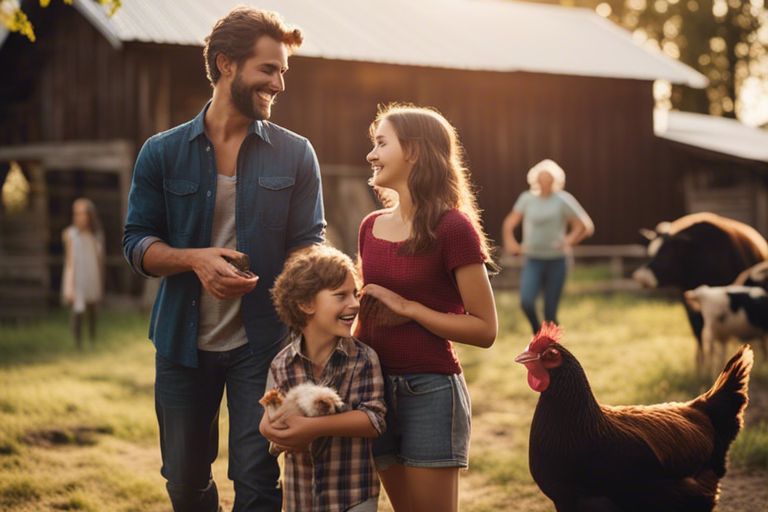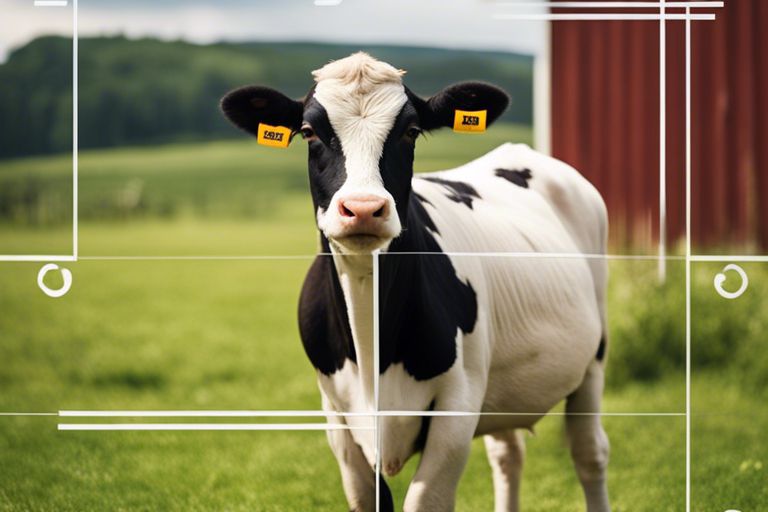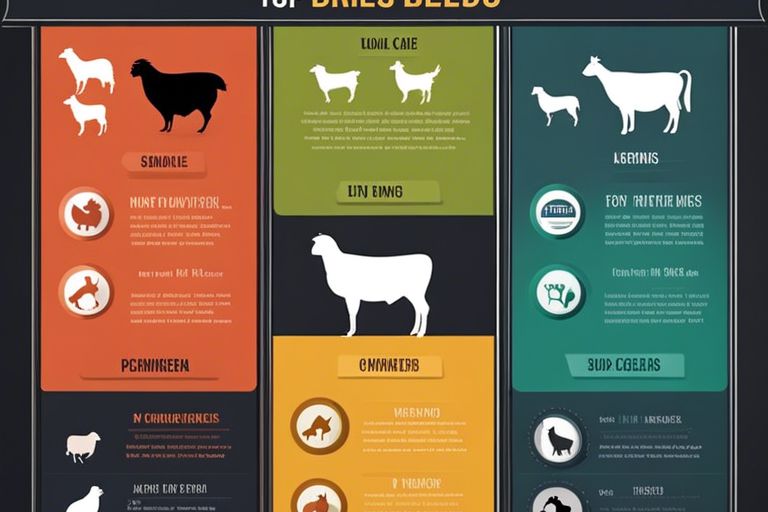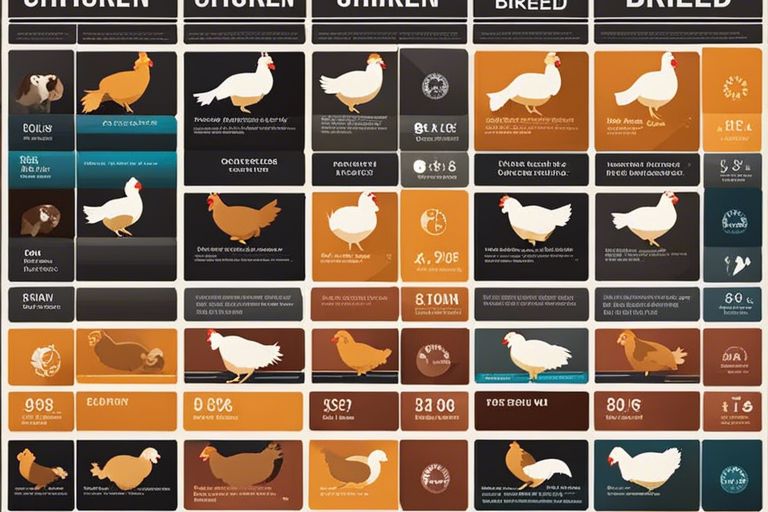Self-sufficiency in homesteading and farming has become a goal for many individuals seeking to live off the grid and provide for themselves. Regarding selecting livestock breeds for a self-sufficient lifestyle, dual-purpose animals can be a smart choice. These breeds not only provide meat but also produce valuable products like milk, eggs, wool, or even draft power. In this guide, we will explore some of the best dual-purpose livestock breeds that can help you achieve your self-sufficiency goals effectively.
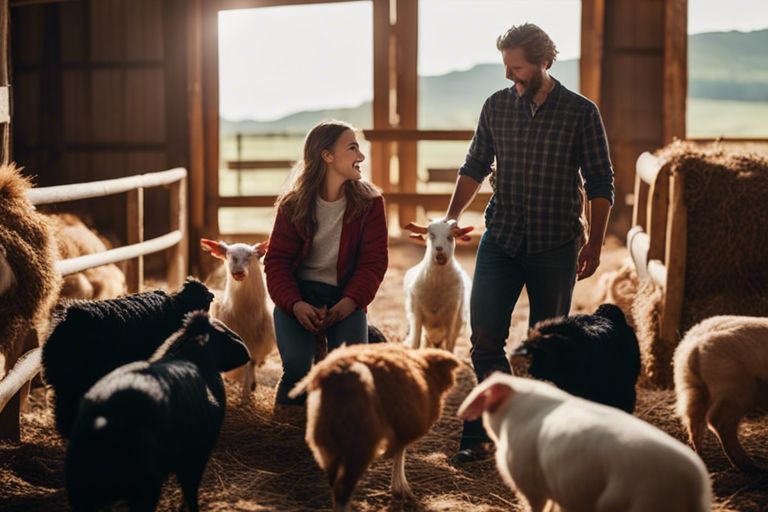
Key Characteristics of Dual-Purpose Breeds
Adaptability and Hardiness
For a livestock breed to be considered dual-purpose, it must exhibit a remarkable level of adaptability and hardiness. These animals should thrive in a variety of climates and environmental conditions. The ability to withstand fluctuations in temperature, forage on diverse types of vegetation, and resist common diseases are crucial traits that make these breeds ideal for self-sufficiency.
Efficiency in Producing Both Meat and Other Products
On top of being adaptable and hardy, dual-purpose livestock breeds excel in efficiently producing both meat and other valuable products such as milk, eggs, or wool. This efficiency is crucial for individuals or families aiming to maximize the benefits of raising livestock on their self-sufficient homestead. By investing in dual-purpose breeds, farmers can streamline their operations and enjoy a more comprehensive range of products from a single animal.
It is important to note that while some livestock breeds may excel in producing a specific product, dual-purpose breeds are valued for their well-rounded abilities to provide multiple types of resources for self-sufficiency.
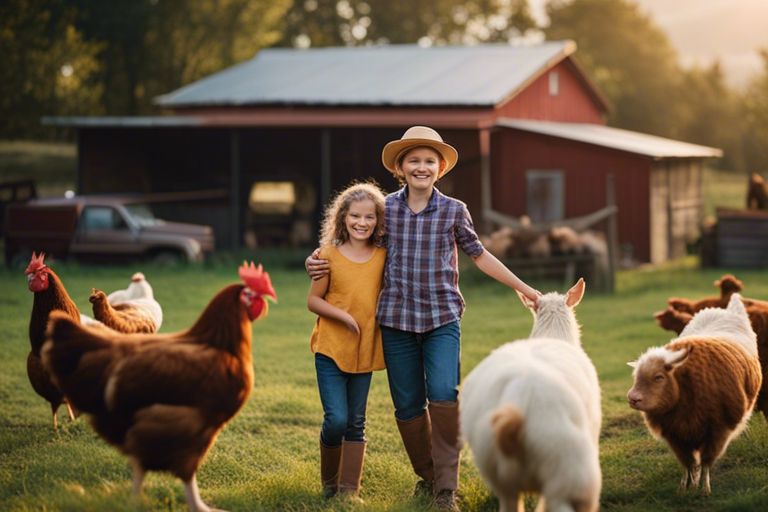
Top Dual-Purpose Livestock Breeds
Dual-Purpose Cattle Breeds
Dual-purpose cattle breeds are an excellent choice for self-sufficiency, providing both milk and meat. Examples of top dual-purpose cattle breeds include the Dexter, a small breed known for its efficiency in milk and beef production. Other notable breeds are the Simmental and the Shorthorn, valued for their quality meat and milk production.
Dual-Purpose Sheep and Goat Breeds
The best dual-purpose sheep and goat breeds for self-sufficiency are breeds like the Dorper and Katahdin sheep, known for their superior meat quality and low maintenance. Pertaining to goats, the Boer and Kiko breeds stand out for their meat production and resilience to harsh conditions.
Goats are particularly versatile animals, offering not only meat but also dairy products like milk, cheese, and yogurt. They are efficient converters of rough forage and can thrive in diverse environments, making them a valuable addition to any self-sufficient homestead.
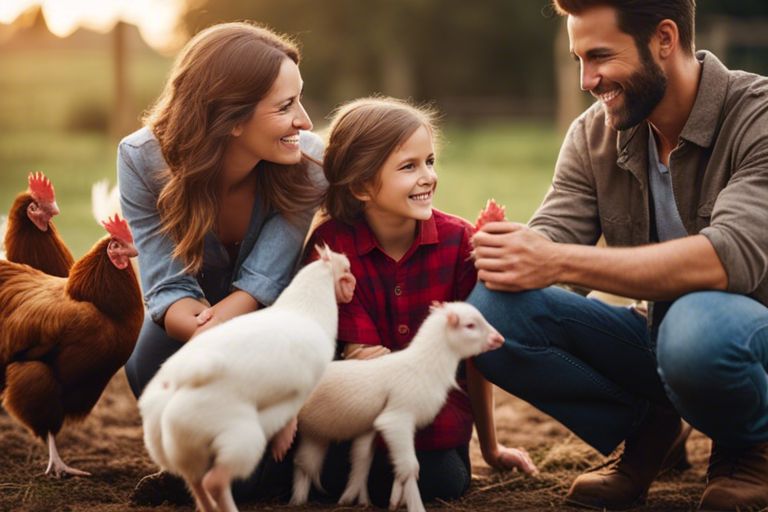
Managing Dual-Purpose Livestock for Optimal Yields
Feeding and Nutrition
Dual-purpose livestock breeds require a balanced diet to ensure optimal health and productivity. High-quality forage, grains, and supplements should be provided to meet their dietary requirements. It is necessary to consult with a livestock nutritionist to create a feeding plan tailored to the specific needs of your animals.
Health and Veterinary Care
Any dual-purpose livestock operation must prioritize the health and well-being of their animals. Regular veterinary check-ups, vaccinations, and parasite control are crucial aspects of maintaining a thriving herd or flock. Promptly addressing any signs of illness or injury is imperative to prevent the spread of disease and ensure the long-term sustainability of your livestock.
Health and veterinary care go hand in hand in managing dual-purpose livestock effectively. Stay up-to-date on the latest recommended vaccines and deworming schedules for your specific breeds. Building a good relationship with a knowledgeable large animal veterinarian is key to addressing any health concerns promptly and ensuring the overall welfare of your animals.
Integrating Livestock into the Self-Sufficient Homestead
Planning for Space and Pasture
To ensure the successful integration of livestock into your self-sufficient homestead, thoughtful planning for space and pasture is crucial. Consider the size and requirements of the livestock breeds you choose, and design a rotational grazing system to maximize pasture health and productivity. Adequate space for shelter, grazing, and movement will contribute to the well-being of your animals and the sustainability of your homestead.
Symbiotic Relationships with Other Farm Activities
One way to enhance the self-sufficiency of your homestead is by creating symbiotic relationships between your livestock and other farm activities. For example, using chicken tractors to follow grazing cattle can help spread manure and control pest populations, benefiting both the pasture and the animals. Additionally, integrating livestock with crop production can create a closed-loop system where animal waste becomes fertilizer for crops, reducing the need for external inputs.
Symbiotic Relationships with Other Farm Activities
Symbiotic relationships with other farm activities not only increase the efficiency and productivity of your homestead but also contribute to overall sustainability. For example, integrating bees with your livestock can improve pollination rates and increase honey production. Similarly, planting windbreaks or hedgerows can provide shelter for livestock, reduce erosion, and create habitat for beneficial wildlife, forming a harmonious ecosystem on your self-sufficient homestead.
Conclusion
Considering all points, the best dual-purpose livestock breeds for self-sufficiency are those that excel in both meat and milk production. Breeds such as the Jersey cow, Barred Plymouth Rock chicken, and Berkshire pig are excellent choices for homesteaders looking to maximize their resources and space. By carefully selecting dual-purpose breeds that suit your needs and climate conditions, you can ensure a steady supply of both meat and dairy products while decreasing your reliance on store-bought food. Investing in these versatile livestock breeds is a great step towards achieving greater self-sufficiency and sustainability on your homestead.
FAQ
Q: What are dual-purpose livestock breeds?
A: Dual-purpose livestock breeds are animals that are raised for both meat and milk production.
Q: What are the benefits of raising dual-purpose livestock breeds for self-sufficiency?
A: Raising dual-purpose livestock breeds can provide a sustainable source of both meat and milk for self-sufficiency, reducing the need to rely on store-bought products.
Q: Which dual-purpose livestock breed is best for beginners?
A: The dual-purpose breed that is best for beginners is the Sussex chicken, known for its docile nature and ability to thrive in various climates.
Q: What dual-purpose livestock breed is ideal for small homesteads?
A: The Nubian goat is an ideal dual-purpose livestock breed for small homesteads, as it produces high quantities of milk and is adaptable to various environments.
Q: How can I ensure the health and well-being of dual-purpose livestock breeds on my farm?
A: To ensure the health and well-being of dual-purpose livestock breeds, provide them with a balanced diet, clean water, proper shelter, and regular veterinary care.
Q: What are some common challenges when raising dual-purpose livestock breeds?
A: Some common challenges when raising dual-purpose livestock breeds include disease outbreaks, predator attacks, and managing breeding schedules for optimal production.
Q: Can dual-purpose livestock breeds be profitable for self-sufficiency purposes?
A: Yes, dual-purpose livestock breeds can be profitable for self-sufficiency purposes if managed effectively and efficiently, leading to a reliable source of meat and milk for personal consumption or sale.
